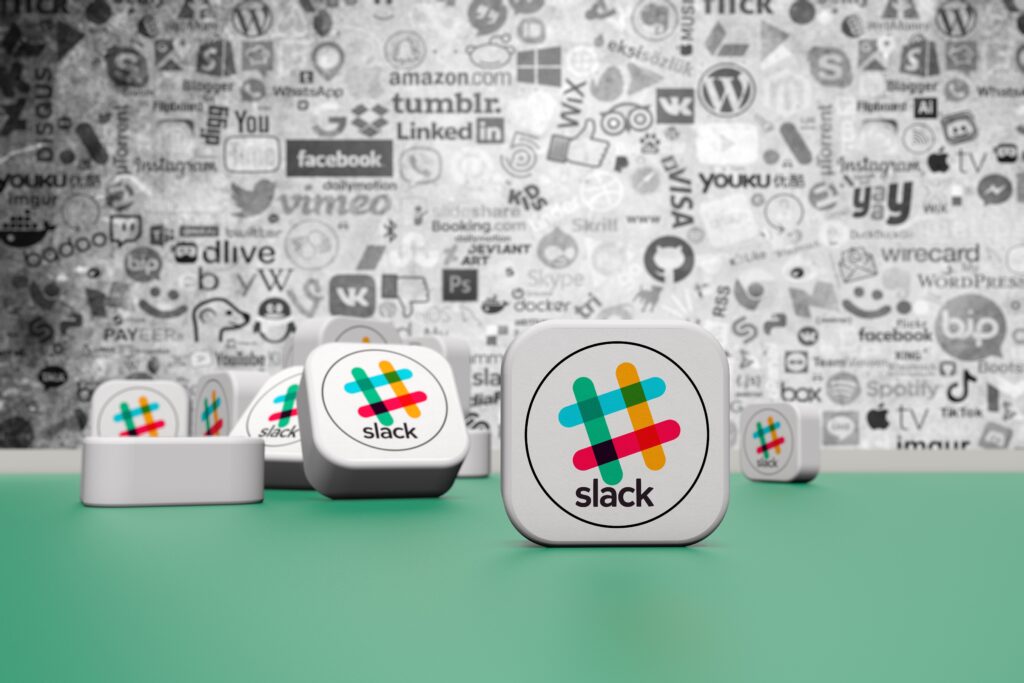Slack, the renowned team collaboration platform owned by Salesforce (NYSE: CRM), has undergone a remarkable journey of growth and innovation since its inception, establishing itself as a dominant force in the collaboration and communication market. From its debut in 2013 as a startup, Slack swiftly revolutionized the way teams interacted by offering a user-friendly, real-time messaging platform that replaced traditional email threads.
In a bid to tackle the complex array of features that have accumulated over years of development the platform is readying a monumental redesign. The company is striving to streamline its multifaceted functionalities, which include team chat, alerts, file storage, and more, all encapsulated under the umbrella of a “digital HQ”. This overhaul comes in response to the challenge posed by an interface that has grown increasingly cluttered and difficult to navigate.
Why it matters: As Slack evolves into an integrated workspace operating system, organizations can anticipate a seamless integration of future features, enabling them to stay at the forefront of efficient communication and collaboration practices. The redesign holds the potential to significantly elevate the impact and value of Slack for businesses already entrenched in its ecosystem.
- Noah Weiss, Chief Product Officer at Slack, points out that the redesign has been meticulously tailored to cater to power users who juggle multiple workspaces, channels, and group chats, making the user experience more manageable.
- The redesign initiates a transformation right from the start: upon launching Slack, users will be greeted by a revamped “Home” section that retains the familiar interface, displaying channels, direct messages (DMs), and applications. However, the real transformation lies in the introduction of a novel sidebar on the left-hand side, introducing innovative ways to engage with Slack’s diverse features.
- The overarching objective of the redesign, as outlined by Weiss, is to provide users with heightened context and focus. By categorizing work into distinct “modes,” such as catching up, responding to inbound messages, and prioritizing tasks, Slack aims to accommodate users with varying requirements, thereby enhancing overall productivity.







